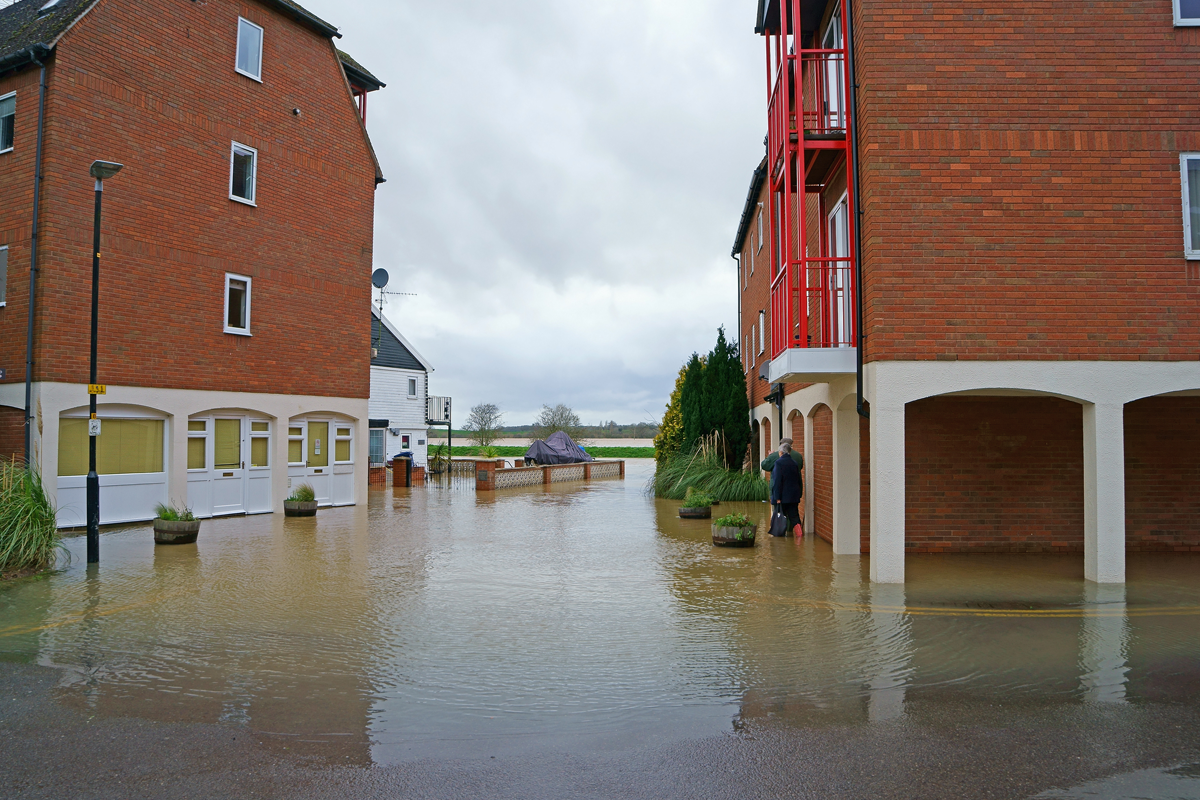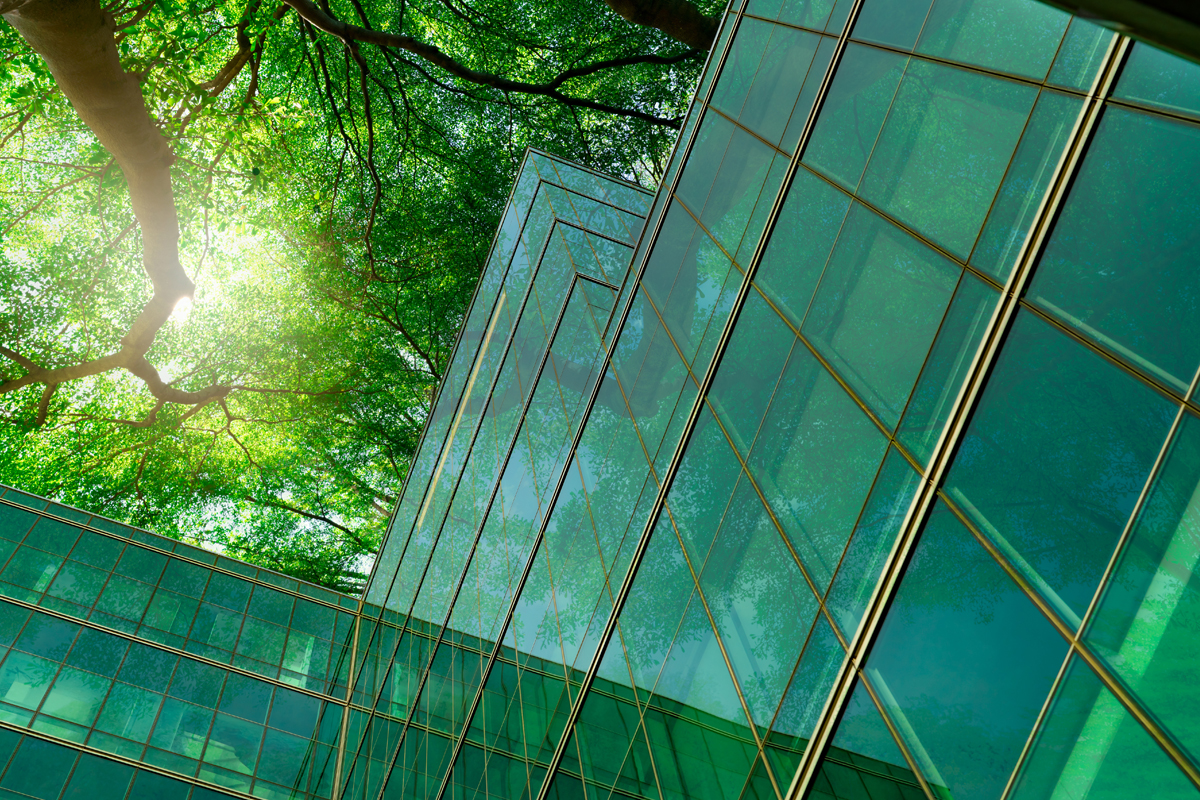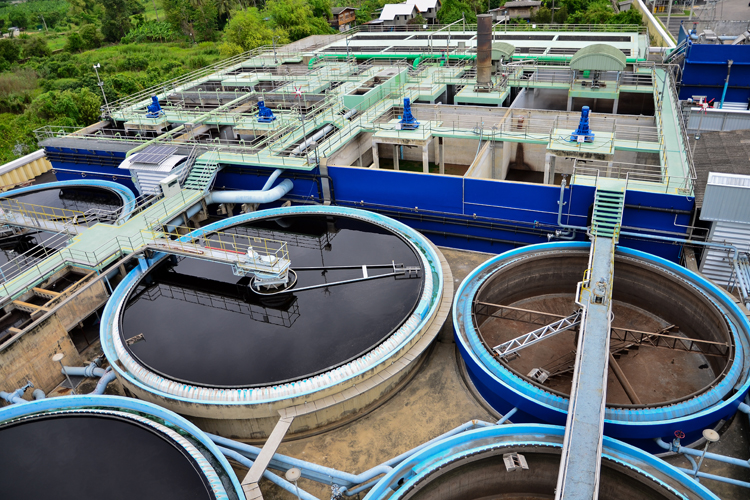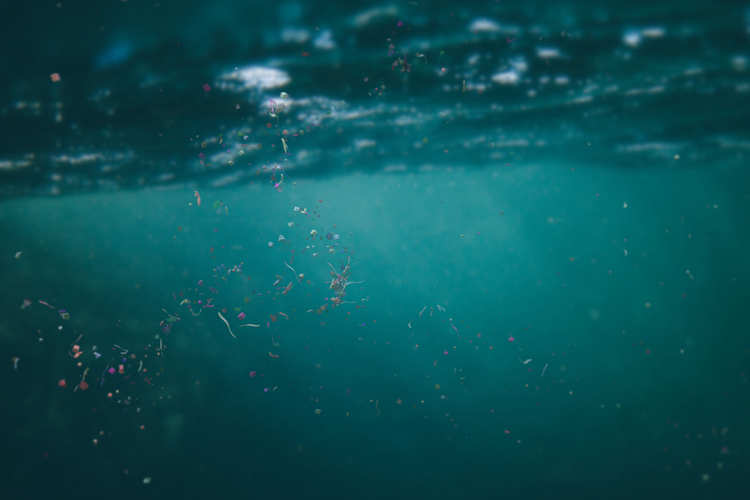Implementing Sustainable Drainage Systems (SuDS)
13 March 2021
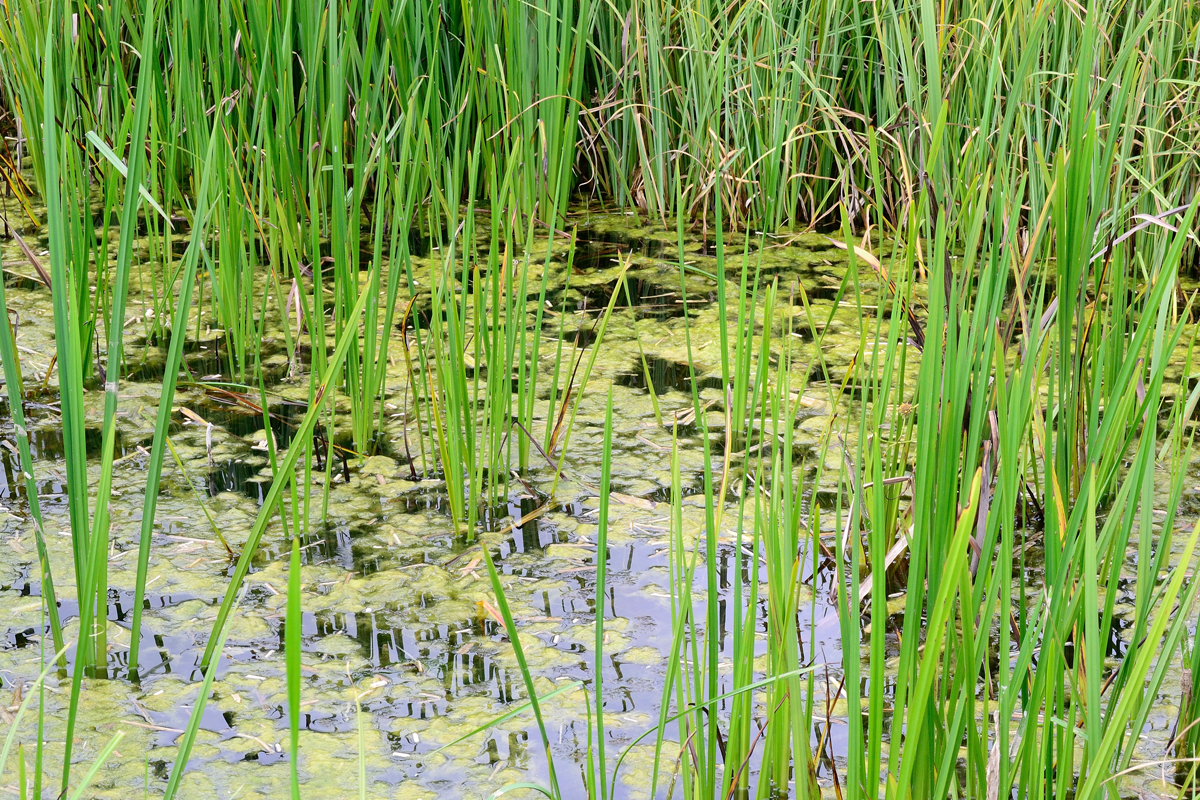
The philosophy to implementing sustainable drainage systems (SuDS) on a proposed development has four key pillars to it. These are water quality, water quantity, amenity, and biodiversity.
Water quantity focuses on managing runoff volume to mitigate flood risks and preserve the natural water cycle. It is typically the most prominent aspect of SuDS in drainage design.
Water quality entails managing runoff to prevent pollution, with basic guidance provided in the new SuDS manual and supporting documentation.
Amenity refers to creating and sustaining better places for people and Biodiversity is about creating and sustaining better places for wildlife. The government is currently focused on introducing biodiversity net gain into new developments. Biodiversity net gain is an approach which aims to leave the natural environment in a measurably better state than beforehand.
In sustainable drainage systems, the introduction of biodiversity net gain goes together with improvements to amenity of the development site. This is due to the nature of a single SuDS element being almost strictly either green/blue infrastructure at ground level or underground civils infrastructure. While the latter deals with the quantity and sometimes quality pillars of SuDS, the former is more suited to the amenity and biodiversity pillars.
Why do we often prefer underground drainage?
Although surface-mounted ponds or swales effectively address all four pillars of SuDS and provide sustainable water management features, natural surface water systems are not always used due to several factors, typically related to the overall cost for developers:
- Surface features require more land space compared to underground systems, which can be concealed beneath roads, car parks, or amenity areas.
- Constructing and installing surface water conveyance features, such as ditches and swales, involves more intricate and costly detailing compared to simple underground pipe systems.
- Considering the current climate, minimizing earthwork on a site is crucial, and extensive surface water features would hinder this objective.
- Ongoing maintenance is expensive, and the ownership of surface-mounted drainage systems is a subject of contention with the introduction of new Design Construction Guidance. Typically, private maintenance companies would be responsible in perpetuity.
- The site’s conditions may not warrant surface features. It’s challenging to build swales in a London basement, for instance.
How can we promote sustainable development?
The key lies in early intervention. By incorporating allowances for surface-mounted sustainable drainage during the master-planning stage, it can be well-designed rather than awkwardly added later in the development process. Introducing sustainable surface features can be a tough proposition for developers, especially if it means sacrificing land that could be used for new dwellings and impacting their profit margin.
There have been some initial studies, as found on the SusDrain website, that indicate there is a significant property value benefit to the introduction of SuDS. Also, CIRIA have released the B£ST tool, which gives evidence of the long-term lifecycle cost/benefit to sustainable drainage systems on a development site. Of course, there are the other unspoken benefits of increased wildlife habitat and improved mental health for people having a nice green/blue feature within their development as a focal point.
It should never be solely the developer’s responsibility to incorporate sustainable drainage. Instead, it should be an integral part of the ongoing planning process to maximize cost-effectiveness and improvements in all four pillars of SuDS.
The challenge lies in selecting the most suitable sustainable features for each site and promoting drainage methods that enhance biodiversity and amenity spaces while fulfilling quantity and quality requirements. As we continue to build, we should always strive to promote natural habitats and well-being for all.

